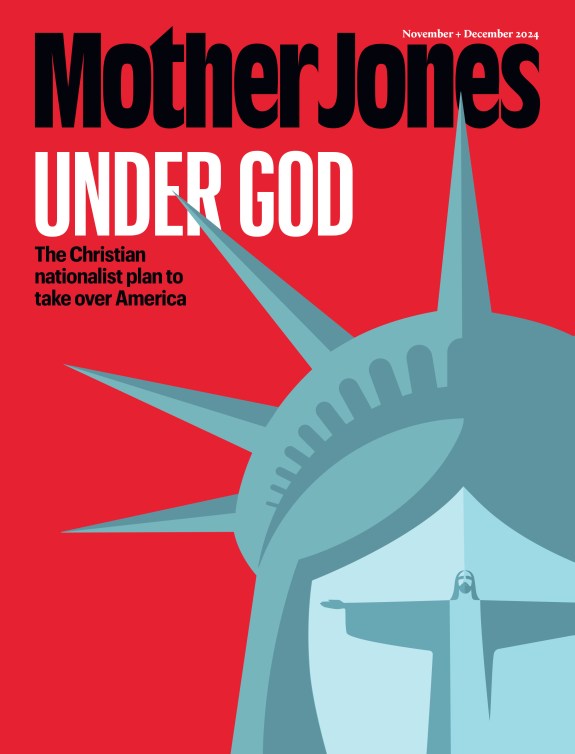It’s news to no one that physical, print newspapers are in the throes of a historic decline. But the numbers themselves really take your breath away when you see them.
According to the Audit Bureau, daily circulation fell 10.6% year over year in the period between April to September.
Ad revenues are one thing; and they’re likely enough to be fatal to newspapers as the dominant mode of news distribution in the country. But that figures in economic trends of various sorts. But readership, while obviously intimately related, is a different sort of metric. I have many thoughts on this. But at the moment I’m not sure what to say other than those numbers take my breath away. A ten percent decline year over year is the rate of a mode of distribution going out of existence.
A few years ago I was on a panel discussion and the moderator asked us all how long newspapers distributed on newsprint would last in the United States. My guess was 20 years: that is, the last newspaper in the country would shut its doors in 2025.
That’s now looking pretty optimistic: a lot of people these days seem to think that 2012 is more like it, and today’s news won’t do anything to change their minds. At the same time, there are various ways you can look at that 10% drop, and one of them is simply that the recession has condensed several years of decline into a single year. A $500 newspaper subscription is a prime candidate to get sliced out of the family budget when times are tough and news can be found everywhere. So maybe all that’s happening is that a cohort of the least dedicated readers are leaving all at once, and when the recession starts to lift newspaper circulations will begin to stabilize a bit. Or at least decline more slowly.
Maybe. I’m not sure what I think anymore. On the one hand, there’s a generational attachment to newspapers that just won’t go away as fast as people think. (People routinely underestimate generational attachments. But the fact is that they only truly go away when generations die out, and that takes a while.) On the other hand, there really does seem to be a tipping point issue here: as circulations decline, and newspapers respond by cutting back staff, the quality of the product spirals down. That’s a vicious cycle, and there’s a point at which the quality deteriorates so fast and so hard that even old newspaper diehards just don’t want to bother anymore. I’m pretty far along the diehard continuum myself, but the deterioration of the LA Times is so obvious these days that even I’m not sure how much longer I really feel like paying for it. We’ll see.
In any case, I guess I’ll stick with 2025 for now. There may be small local papers around for longer than that, but no big city dailies. New York will be the last to go, but in fifteen years newspapers will be a thing of the past even there.


















